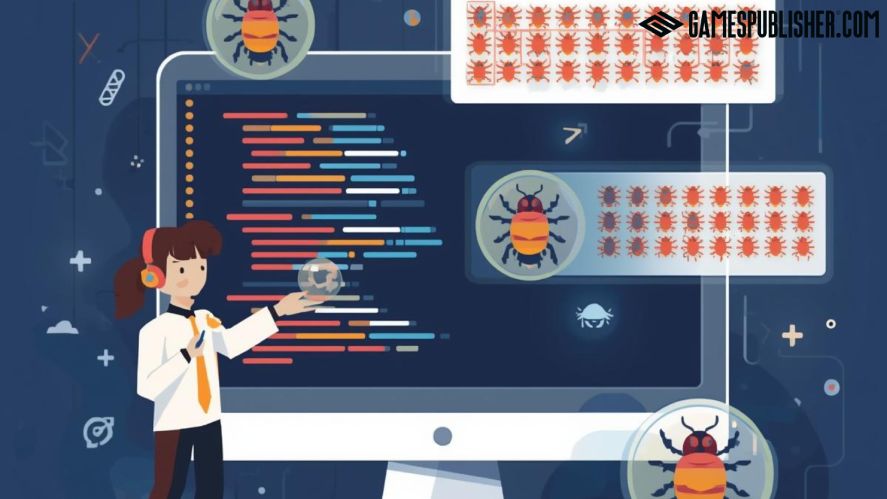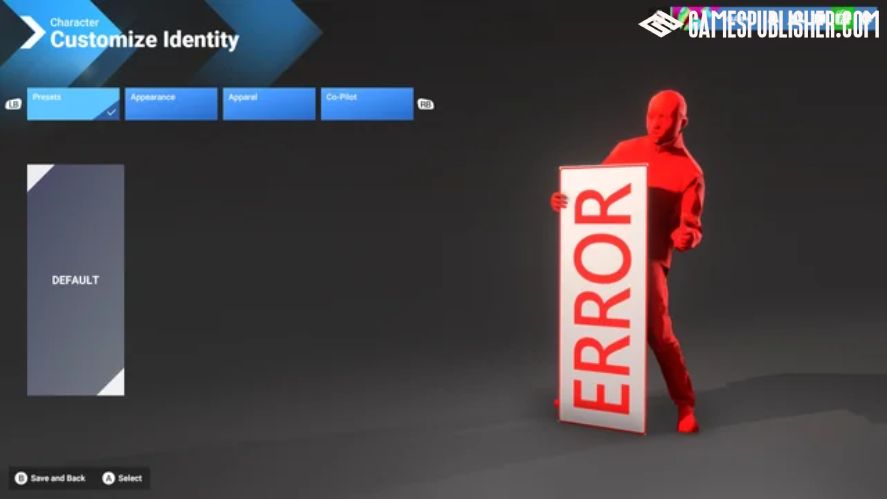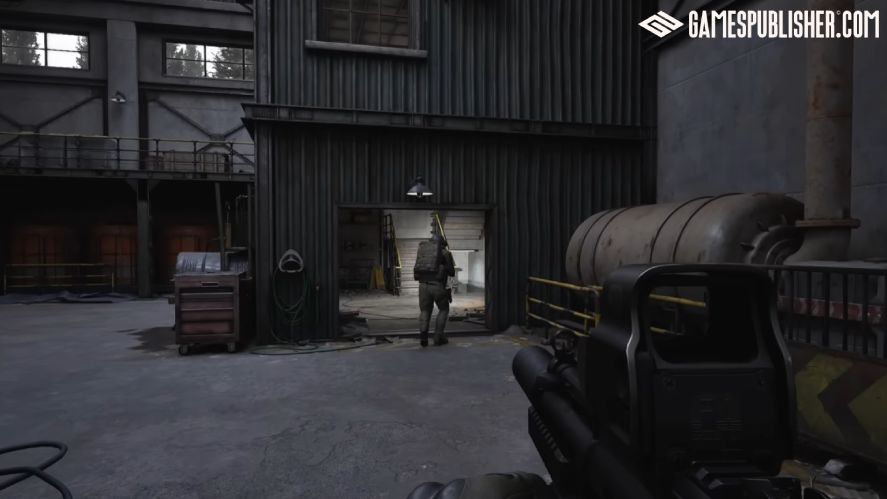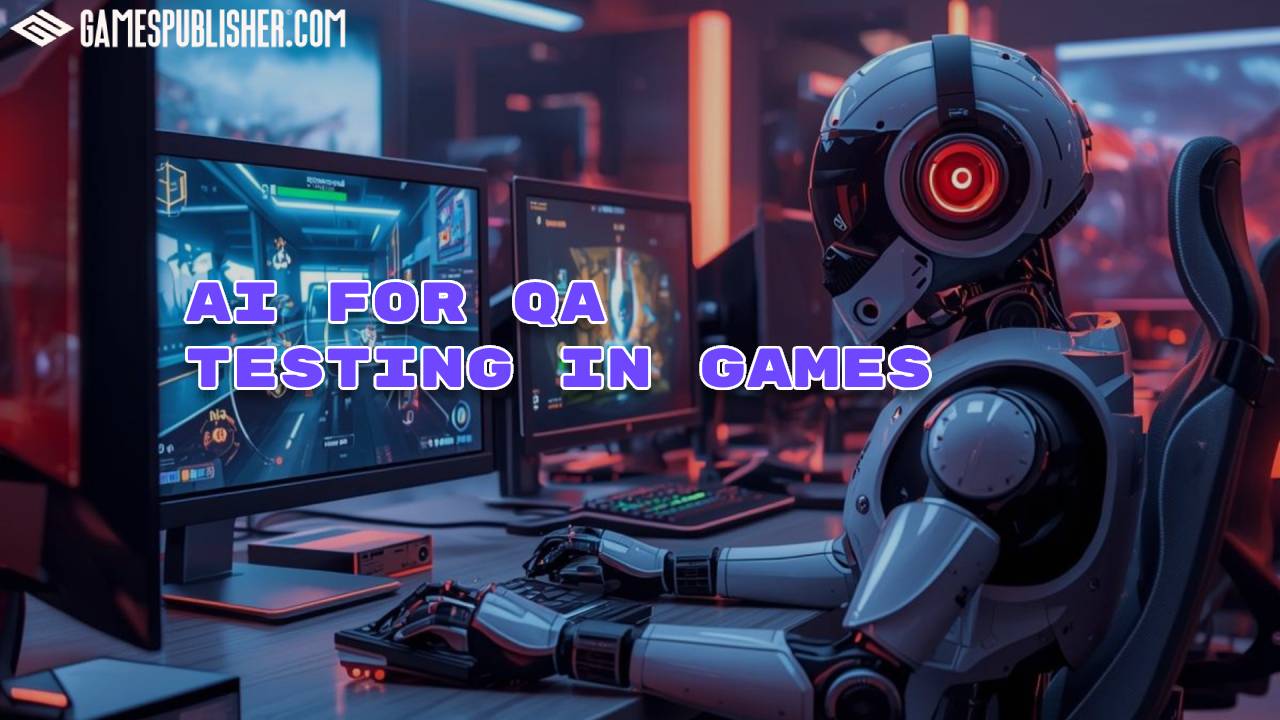As games grow larger, more dynamic, and increasingly connected, ensuring flawless performance has become one of the biggest challenges in modern game development.
At Gamespublisher.com, we explore how technology continues to reshape the gaming landscape. A few areas are transforming faster than quality assurance (QA).
Traditionally, QA relied heavily on human testers manually playing through builds, logging bugs, and repeating test cases with every new update.
But as video game genres expand and live-service models dominate, this process has become too slow and costly to keep up with rapid development cycles. That’s where AI for QA testing and AI for QA automation come in.
By automating everything from bug detection to playtesting, AI-powered QA systems allow developers and publishers to catch more issues earlier. They reduce time-to-market, and deliver smoother gameplay experiences.
For studios under pressure to launch polished games faster than ever, AI isn’t just an optimization tool; it’s becoming a necessity.
AI for QA Testing – Revolutionizing Game Development
For decades, game testing meant endless manual playthroughs: testers replaying levels, checking physics, verifying UI behavior, and ensuring updates didn’t break existing features.
While human testers are still crucial for creative and subjective evaluation, the sheer complexity of modern games makes full manual testing impractical.
Enter AI-enhanced QA. Using machine learning algorithms and automation frameworks, studios now deploy AI systems that can simulate thousands of gameplay scenarios, identify bugs in real time, and even predict future issues based on code or behavior patterns.
Major game publishers like Ubisoft have already started using AI-driven QA pipelines to automate repetitive testing tasks.

Their internal Commit Assistant, for example, uses predictive models to flag potential bugs before code is merged. And it dramatically reduces regression errors.
Similarly, EA integrates AI bots that test gameplay balance and detect performance issues during nightly builds, saving thousands of hours in QA labor.
The result? Testing that’s faster, more scalable, and more consistent.
Instead of weeks of manual checks, studios can run automated AI tests overnight, catching crashes, logic errors, and bottlenecks early in development.
This not only boosts productivity but also allows developers to focus more on creative polish rather than debugging cycles.
In short, AI for QA is revolutionizing game development by turning what was once the most time-consuming phase into a smart, data-driven process. It helps both indie and AAA studios deliver higher-quality games faster.
AI for QA in Bug Detection and Reporting
One of the most powerful applications of AI in game QA lies in automated bug detection and reporting.
Traditional QA teams often spend weeks identifying, categorizing, and reproducing bugs. And it’s a process that can delay releases and inflate costs.
AI changes this by continuously monitoring gameplay sessions, analyzing logs, and scanning source code to detect anomalies long before they reach the player.
Machine learning models are trained to recognize patterns of instability, such as frame rate drops, physics glitches, or unexpected code behaviors, and automatically flag these as potential bugs.
For example, if an AI tool for QA detects a consistent memory spike or asset load failure during gameplay, it can generate a detailed report, categorize the issue, and even suggest possible fixes.

These systems can identify multiple types of bugs, including:
- Performance bugs (frame rate issues, memory leaks)
- UI/UX bugs (menu misalignments, input lag)
- Logic bugs (broken quest triggers, AI behavior loops)
AI-based QA also integrates seamlessly with CI/CD pipelines. It ensures that every new build is automatically tested the moment it’s deployed.
This allows developers to maintain a continuous feedback loop, catching issues early in the development cycle instead of during the final crunch.
Beyond simple detection, advanced models now use predictive analytics to forecast which areas of the codebase are most likely to fail based on historical bug data.
This predictive QA approach helps developers prioritize testing resources and prevent future problems before they occur. It reduces post-release patch cycles and improves long-term game stability.
AI for QA in Regression Testing Automation
Regression testing is a method that ensures new updates or patches don’t break existing features. This method has always been a tedious but critical part of game QA.
With frequent content updates, especially in live-service games, manual regression testing can become overwhelming.
AI tools for QA automation change this. Studios now use test bots and neural networks that automatically replay core gameplay scenarios after each update, comparing the results against previous builds to detect discrepancies.
These bots can simulate thousands of gameplay variations, covering far more ground than a human tester ever could.

For example, an AI system might replay an entire multiplayer session after a balance patch, detecting if a weapon behaves differently or if latency has increased.
Neural nets can even recognize visual or animation inconsistencies, like missing effects or broken character poses, without explicit human input.
This automation ensures that updates roll out faster and more reliably. It allows developers to push new content, balance patches, and seasonal events without fear of breaking existing systems.
For live-service games, where uptime and stability are crucial, AI-driven regression testing is quickly becoming the backbone of sustainable development.
AI for QA in Playtesting and Behavior Analysis
Beyond detecting bugs, AI is also transforming how studios playtest and analyze player behavior.
Traditionally, QA teams relied on human testers to complete levels, find exploits, and provide subjective feedback on difficulty or pacing.
Today, AI can simulate thousands of player sessions automatically. It can test how real users might interact with the game long before launch.
Through player modeling, AI agents are trained to mimic different player archetypes: cautious explorers, aggressive speedrunners, or casual players who experiment with the environment.

By running these models at scale, studios gain insight into how diverse playstyles impact progression, difficulty, and overall game flow.
For example, an AI might identify that players consistently fail a boss fight after a specific phase. And this signals a difficulty spike or poor telegraphing of attacks.
Similarly, AI analytics can highlight UX bottlenecks such as confusing navigation or underused features, allowing designers to adjust before release.
The ability to simulate thousands or even millions of test runs helps studios achieve better game balancing, ensuring smoother difficulty curves, fairer challenges, and higher player retention.
Instead of waiting for post-launch analytics, AI-powered playtesting delivers actionable feedback in real-time, cutting both costs and iteration cycles.
AI for QA in Voice and Narrative Testing
As games grow more narrative-driven and voice-heavy, QA teams face new challenges in testing dialogue systems, branching storylines, and audio interactions. AI tools now play a crucial role in automating this process.
Natural language processing (NLP) models can scan dialogue trees for logical inconsistencies, missing triggers, or tone mismatches.

For games with branching narratives, AI can simulate conversations across thousands of possible dialogue paths. This is something nearly impossible for human testers to cover manually.
Voice QA automation also extends to speech recognition and audio testing. AI systems can detect missing voice lines, incorrect file mappings, or even subtle issues like volume imbalances and accent inconsistencies.
In RPGs or story-rich titles, this ensures that characters respond naturally and that no dialogue breaks immersion due to technical flaws.
By combining NLP and speech analysis, AI-driven narrative testing helps developers maintain both story coherence and audio quality. It ensures that emotionally resonant storytelling isn’t compromised by technical oversights.
Challenges and Limitations of AI for QA
While AI tools for QA have proven transformative, it’s far from flawless. Developers still face several technical and creative limitations when relying on automation for game testing.
One of the most significant challenges is bias in AI models.
Because machine learning systems are trained on historical data, they can inherit biases from the datasets used. And it potentially overlooks certain gameplay behaviors, accessibility issues, or edge-case bugs that real players might encounter.
Another major limitation is AI’s difficulty in understanding subjective or creative bugs.
For example, an AI system might flag a texture clipping issue but fail to detect that a cutscene feels emotionally flat or a sound cue breaks immersion.

These kinds of qualitative problems still require human judgment and artistic sensitivity.
Lastly, there’s the issue of overreliance on synthetic test environments. AI testing often occurs in simulated or sandboxed builds, where player unpredictability is limited.
As a result, the game might perform perfectly under test conditions but behave differently when exposed to real-world networks, player creativity, or hardware variations.
In short, while AI dramatically enhances efficiency and coverage, it should complement—not replace—human testers.
The most successful studios combine AI automation with human insight to ensure both technical stability and authentic player experiences.
Top AI for QA Tools Used by Game Studios
To implement AI in QA pipelines, developers can choose from the specialized tools and frameworks below. Each is tailored to different studio needs and budgets.
- Unity Test Framework with AI Integrations: Ideal for teams building in Unity. It allows for unit and integration testing, enhanced by AI add-ons that detect logic or physics inconsistencies in real time. Perfect for indie and mid-sized studios.
- GameDriver: A leading automation framework supporting multiple engines, including Unity and Unreal. GameDriver uses AI-driven input simulation to test gameplay interactions without manual intervention, making it suitable for AAA studios seeking scalable automation.
- Sahi Pro: Originally designed for web testing, Sahi Pro has been adapted by some studios for AI in QA automation due to its robust automation scripting and AI-assisted test generation. Works well for hybrid or cross-platform projects.
- Test.AI: Focused on intelligent UI testing, Test.AI identifies and interacts with on-screen elements using computer vision and machine learning. It’s especially effective for mobile and casual games that rely heavily on clean interface design.
- Custom In-House Solutions: Many top video game publishers, like Ubisoft and EA, build proprietary AI QA systems fine-tuned for their game engines and pipelines. These are often used in combination with reinforcement learning agents and predictive analytics for large-scale, data-driven QA.

Ultimately, indie studios tend to adopt open-source or lightweight AI frameworks integrated into Unity or Unreal. On the other hand, AAA developers invest in complex, multi-layered systems capable of scaling across dozens of concurrent projects.
The right choice depends on budget, game scope, and the desired balance between automation and creative oversight.
Case Studies – Studios Using AI for QA Effectively
Many studios are already proving how AI tools for QA testing can dramatically improve efficiency, quality, and release speed.
Ubisoft, for example, has integrated AI systems such as Commit Assistant into its QA pipeline.
This tool predicts potential bugs before code is even submitted, using historical data from thousands of previous commits.
By flagging risky code changes early, Ubisoft reduced post-integration bugs and saved valuable QA hours. This allows game developers to focus on polishing gameplay instead of firefighting regressions.
On the indie side, studios like Spirit AI and smaller Unity-based teams have embraced AI-driven playtesting bots that simulate thousands of player sessions overnight.
These bots automatically identify progression blockers, balancing issues, and difficulty spikes. These are tasks that would take human testers weeks to complete.
The result? Faster iteration cycles, fewer player-reported issues post-launch, and more consistent gameplay experiences across patches.
In both cases, the key takeaway is clear: AI doesn’t replace QA testers; it amplifies them.
Studios that integrate AI tools effectively can catch issues earlier, test more thoroughly, and release higher-quality games on tighter schedules.
Future Trends of AI for QA in Game Publishing
The next evolution of AI in QA testing is already taking shape. It blends automation with human insight in increasingly sophisticated ways.
One emerging trend is reinforcement learning for advanced playtesting.
AI agents “learn” to play a game intelligently, exploring complex systems and discovering exploits or design flaws beyond scripted test cases.
Another major development is AI-human collaboration.

Rather than fully automated testing, studios are creating hybrid QA teams where human testers guide AI agents, analyze their findings, and fine-tune testing strategies based on live data.
Looking ahead, generative AI will likely play a role in creating automated test cases and synthetic assets. They will help reduce prep time for QA teams.
These models could design new scenarios, generate edge-case interactions, or adapt testing scripts dynamically as the game evolves.
As game publishing becomes more global and continuous with live-service updates, patches, and seasonal content, AI-powered QA will become a cornerstone of efficient development pipelines.
Conclusion
AI for QA testing is transforming how games are built, tested, and perfected.
By integrating machine learning, automation, and player modeling, studios can detect bugs earlier, reduce costs, and deliver smoother, more reliable experiences to players.
At Gamespublisher.com, we highlight how embracing AI-driven QA solutions is the future of smart, scalable game development.
Studios that adopt these tools today gain a competitive edge tomorrow, releasing better games faster while maintaining the creative integrity that players expect.
Whether you’re an indie developer or a major video game publisher, explore the growing landscape of AI-powered QA tools and strategies to future-proof your workflow and ensure every release meets the highest quality standards.
Loading survey...

